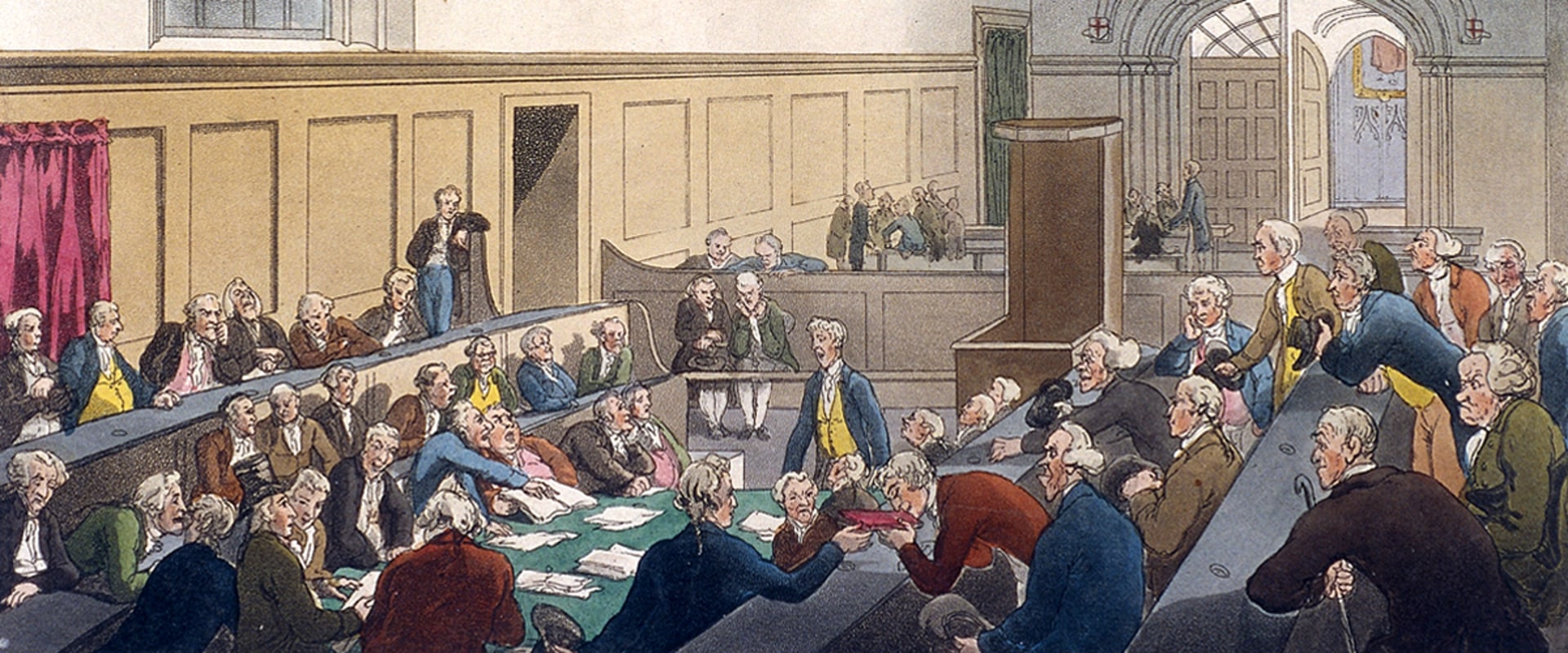Article I of the Constitution of the United States, sec. Uniform laws on the subject of bankruptcy in the United States. The 1867 Act introduced the concept of a composition agreement into U.S. bankruptcy law.
The composition agreement was the predecessor of the reorganization plan under the current bankruptcy law. For the composition agreement to be binding on creditors, the consent of creditors was required by a majority in number and three quarters of the value of the claims. In addition, for the first time under the 1867 Act, the debtor could apply for exemptions from state law. The 1898 Act included many provisions aimed at making the administration of the bankruptcy estate more efficient and the distribution of the debtor's assets to creditors more equitable.
Under the 1898 Act, federal district courts acted as “bankruptcy courts”. District courts appointed “bankrupt arbitrators” who did much of the judicial and administrative work. Arbitrators were compensated in the form of fees until 1946, when that changed to a salary base. Creditors had the power to elect trustees and creditor committees.
The trustee could prevent preferential and fraudulent transfers. Confirmation of a composition agreement rather than liquidation required the consent of creditors by a majority in number and a majority in value of the claims, and court approval because it was in the best interest of creditors. The 1898 Act contained more generous forgiveness provisions for the debtor than in previous bankruptcy legislation, but allowed the debtor to apply for exemptions only under state law and provided for cases of voluntary and involuntary bankruptcy. Amendments to the Chandler Act to the Bankruptcy Act of 1898 Among other things, the Act of 1898, as amended by the Chandler Act, included the concepts of classifying claims into settlement plans, reduction, cases of voluntary and involuntary bankruptcy, the appointment of trustees, the modification of both guaranteed and unguaranteed claims.
Federal Bankruptcy and Judges Amendment Act 1984 (BAFJA) In 1982, the United States Supreme Court restricted the jurisdiction of the bankruptcy court in Northern Pipeline Construction Co. By ruling that the 1978 Act unconstitutionally granted the powers reserved to Article III judges to judges who did not They did. Marathon's decision led to the enactment of the BAFJA. The BAFJA converted the bankruptcy judges of each judicial district into a unit of the United States district court for that judicial district, granted bankruptcy jurisdiction to the district court, created the concept of “basic”, “non-essential” and “matters related”, and authorized district courts to refer the Bankruptcy exercise.
Jurisdiction before bankruptcy courts. In all judicial districts, district courts have referred the exercise of bankruptcy jurisdiction to bankruptcy courts to the extent permitted by law. BAFJA also added a new section to the Bankruptcy Code related to the rejection of collective bargaining agreements. The amendments to the BAPCPA also make it possible to appeal directly to the appellate court in certain circumstances; add family fishers to chapter 12, make chapter 12 permanent and create a new chapter 15 for cross-border insolvencies.
The BAPCPA has given rise to an enormous amount of litigation to interpret its meaning. Following the ratification of the United States Constitution in 1789, Congress was granted the power, under Article I, Section 8, Clause 4, to legislate in favor of uniform laws on the subject of bankruptcy throughout the United States. The effects of the 1978 Forklift Bankruptcy Act were unpopular, leading to the Wayne Cryts protest. .
